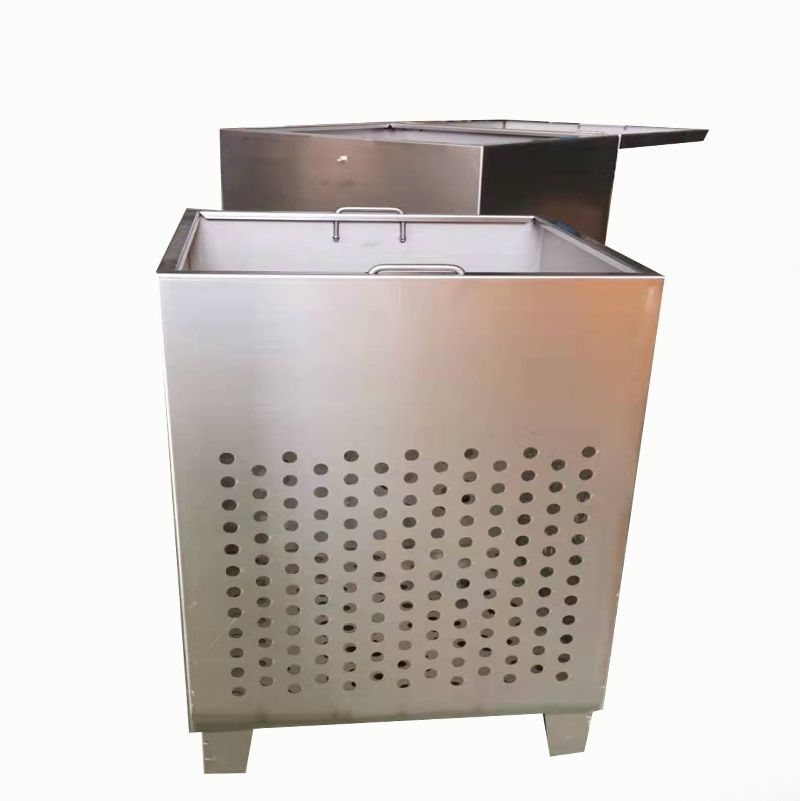Innovative Designs for Efficient Chicken Layer Cages in Modern Poultry Farming
សីហា . 16, 2024 21:39 Back to list
Innovative Designs for Efficient Chicken Layer Cages in Modern Poultry Farming
The Impact of Chicken Layer Cages on the Poultry Industry
In the realm of poultry farming, the welfare of chickens and the efficiency of egg production are two critical factors that shape the industry. One of the most debated subjects within this field is the use of chicken layer cages. These cages have become synonymous with large-scale egg production, raising important discussions about animal welfare, economic viability, and environmental concerns.
Chicken layer cages, often referred to as battery cages, are designed to house hens for the purpose of maximizing egg output. These cages typically provide enough space for several hens, but each bird may only have about 67 to 86 square inches of space—far less than the space required for natural behaviors such as perching, nesting, or moving freely. While these cages optimize the use of space on poultry farms and can lead to lower production costs, they also raise significant ethical concerns regarding the welfare of the hens.
Animal welfare advocates argue that the confined conditions of layer cages lead to stress and a range of health problems for the chickens, including osteoporosis, feather pecking, and cannibalism. Hens in these cages are unable to engage in natural behaviors, which can lead to a decrease in their overall well-being. Furthermore, many countries and states are beginning to respond to these concerns by enacting legislation to ban or limit the use of battery cages. For example, initiatives have been introduced in several regions to promote cage-free systems, which allow hens more freedom of movement and access to outdoor environments.
chicken layer cage

From an economic perspective, the use of chicken layer cages has been justified by the substantial efficiency they offer. The ability to house many hens in a compact area results in lower costs for feed, labor, and production. This cost efficiency is particularly beneficial in a rapidly evolving marketplace where competition is fierce, and consumers often seek the most affordable options. However, as consumer awareness regarding animal welfare grows, there is a rising demand for eggs produced under more humane conditions. This shift in consumer preference compels farms to reevaluate their production strategies.
As the industry pivots toward cage-free and enriched housing systems, farmers face new challenges, including higher operational costs and the need for restructured farming practices. While transitioning to more humane systems may involve significant capital investment, many producers are finding that the investment is worthwhile in the long run. In addition to aligning with ethical consumerism, cage-free systems may improve the health and productivity of hens, potentially offsetting initial costs.
Environmental concerns also play a crucial role in the discussion of chicken layer cages. The increased density of birds in battery systems can lead to higher concentrations of waste, often resulting in pollution issues. Conversely, more sustainable farming practices, such as free-range systems, encourage better waste management by allowing hens to forage and roam, thus reducing environmental impact.
In conclusion, the use of chicken layer cages is a multifaceted issue that encompasses animal welfare, economics, and environmental sustainability. As society progresses towards more ethical standards in food production, the poultry industry is at a crossroads. Producers must adapt to consumer preferences and regulations while balancing profitability and the responsibilities inherent in animal husbandry. The future of chicken layer cages will likely depend on the industry's willingness to innovate and embrace practices that promote the welfare of hens while ensuring the sustainability of egg production.
-
High Performance Exhaust Fan – Efficient Ventilation Solutions for Home
NewsJun.10,2025
-
High-Quality Gestation Pen for Sows Durable Mobile Pig Pen & Simple Pig Pen Solutions
NewsJun.10,2025
-
High Quality Rabbit Cage Double Tier Designs & Welded Wire Mesh Supplier
NewsJun.10,2025
-
Floating Fish Feed Machine - High Efficiency Floating Fish Feed Extruder for Small Scale Production
NewsJun.10,2025
-
Premium Poultry Housing Solutions Mobile & Commercial Free Range Options
NewsJun.10,2025
-
Industrial FRP Fans Corrosion-Resistant Blades & Centrifugal Systems
NewsJun.09,2025






